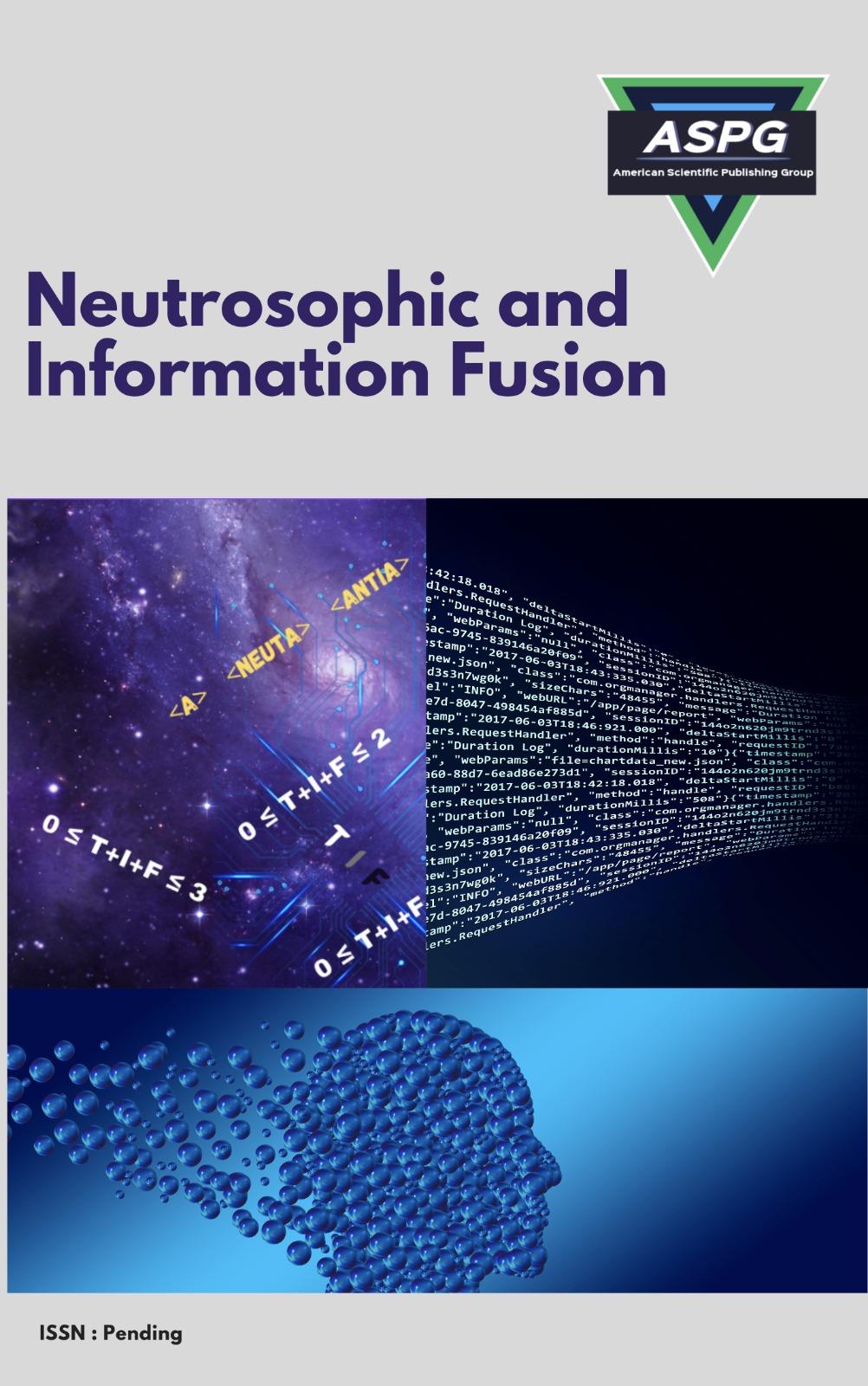

Volume 4 , Issue 1 , PP: 32-45, 2024 | Cite this article as | XML | Html | PDF | Full Length Article
Sergey Drominko 1 *
Doi: https://doi.org/10.54216/NIF.040105
Other few challenges faced during privacy preservation by anonymity e.g. difficulty in identifying the The main challenges in preserving anonymity for privacy are determining which attributes could undermine privacy and extracting useful information from massive databases without disclosing sensitive details. We developed a Novel Framework for Differentially Private Clustering with Dynamic Noise Adjustment (DPC-DNA) that addresses these issues. This novel approach can recognize sensitive and non-sensitive data aspects using Differentially Private Clustering with Dynamic Noise Adjustment (DPC-DNA). The accuracy of clusters formed by DPC-DNA was assessed using the silhouette score, which gauges how similar each item is to its own group versus others. DPC-DNA achieved a silhouette score of 0.62, signalling strong internal cluster composition. In contrast, traditional k-anonymity clustering yielded a lower score of 0.45, confirming that DPC-DNA significantly boosts accuracy. Our Novel Framework for Differentially Private Clustering with Dynamic Noise Adjustment (DPC-DNA) provides a robust solution for privacy-preserving data mining. By combining differential privacy with adaptive noise management, it safeguards sensitive material while sustaining high precision, integrity and usefulness of results.
Fusion Anonymity and Privacy Enhancement , Big Data , Differentially Private Clustering , Dynamic Noise Adjustment
[1] Alzahrani, A. O., & Alenazi, M. J. (2023). ML‐IDSDN: Machine learning based intrusion detection system for software‐defined network. Concurrency and Computation: Practice and Experience, 35(1), e7438.
[2] Praveen, P., Nischitha, M., Supriya, C., Yogitha, M., & Suryanandh, A. (2023). To Detect Plant Disease Identification on Leaf Using Machine Learning Algorithms. In Intelligent System Design (pp. 239-249). Springer, Singapore.
[3] Panigrahi, R., Kuanar, S. K., & Kumar, L. (2023). Method Level Refactoring Prediction by Weighted-SVM Machine Learning Classifier. In Mobile Application Development: Practice and Experience (pp. 93-104). Springer, Singapore.
[4] Durelli, V. H., Durelli, R. S., Borges, S. S., Endo, A. T., Eler, M. M., Dias, D. R., & Guimaraes, M. P. (2019). Machine learning applied to software testing: A systematic mapping study. IEEE Transactions on Reliability, 68(3), 1189-1212.
[5] Murphy, C., Kaiser, G. E., & Arias, M. (2007). An approach to software testing of machine learning applications.
[6] Briand, L. C. (2008, August). Novel applications of machine learning in software testing. In 2008 The Eighth International Conference on Quality Software (pp. 3-10). IEEE.
[7] Baskiotis, N., Sebag, M., Gaudel, M. C., & Gouraud, S. D. (2007, January). A Machine Learning Approach for Statistical Software Testing. In IJCAI (pp. 2274-2279).
[8] Noorian, M., Bagheri, E., & Du, W. (2011, July). Machine Learning-based Software Testing: Towards a Classification Framework. In SEKE (pp. 225-229).
[9] Lenz, A. R., Pozo, A., & Vergilio, S. R. (2013). Linking software testing results with a machine learning approach. Engineering Applications of Artificial Intelligence, 26(5-6), 1631-1640.
[10] Braiek, H. B., & Khomh, F. (2020). On testing machine learning programs. Journal of Systems and Software, 164, 110542.
[11] Marijan, D., Gotlieb, A., & Ahuja, M. K. (2019, April). Challenges of testing machine learning based systems. In 2019 IEEE international conference on artificial intelligence testing (AITest) (pp. 101-102). IEEE.
[12] Kahles, J., Törrönen, J., Huuhtanen, T., & Jung, A. (2019, April). Automating root cause analysis via machine learning in agile software testing environments. In 2019 12th IEEE Conference on Software Testing, Validation and Verification (ICST) (pp. 379-390). IEEE.
[13] Lachmann, R. (2018, June). Machine learning-driven test case prioritization approaches for black-box software testing. In The European test and telemetry conference, Nuremberg, Germany.
[14] Nakajima, S. (2018, October). Quality assurance of machine learning software. In 2018 IEEE 7th Global Conference on Consumer Electronics (GCCE) (pp. 601-604). IEEE.
[15] Gove, R., & Faytong, J. (2012). Machine learning and event-based software testing: classifiers for identifying infeasible GUI event sequences. In Advances in Computers (Vol. 86, pp. 109-135). Elsevier.
[16] Zhang, D. (2006, November). Machine learning in value-based software test data generation. In 2006 18th IEEE International Conference on Tools with Artificial Intelligence (ICTAI'06) (pp. 732-736). IEEE.
[17] e Silva, D. G., Jino, M., & De Abreu, B. T. (2010, April). Machine learning methods and asymmetric cost function to estimate execution effort of software testing. In 2010 Third International Conference on Software Testing, Verification and Validation (pp. 275-284). IEEE.
[18] Huang, S., Liu, E. H., Hui, Z. W., Tang, S. Q., & Zhang, S. J. (2018). Challenges of testing machine learning applications. International Journal of Performability Engineering, 14(6), 1275.
[19] Masuda, S., Ono, K., Yasue, T., & Hosokawa, N. (2018, April). A survey of software quality for machine learning applications. In 2018 IEEE International conference on software testing, verification and validation workshops (ICSTW) (pp. 279-284). IEEE.
[20] Li, J. J., Ulrich, A., Bai, X., & Bertolino, A. (2020). Advances in test automation for software with special focus on artificial intelligence and machine learning. Software Quality Journal, 28(1), 245-248.